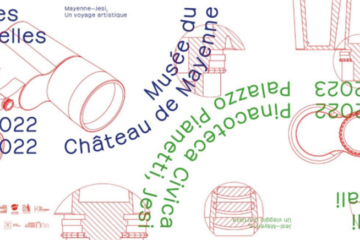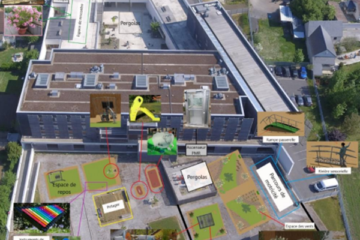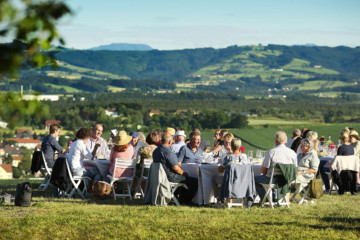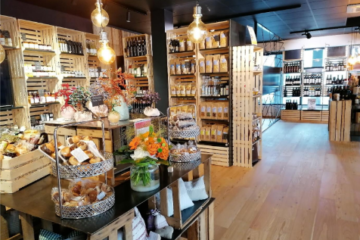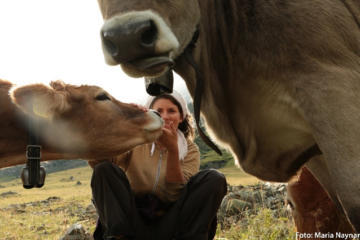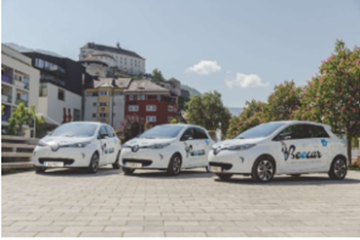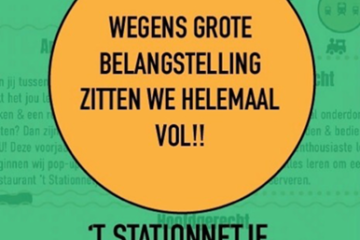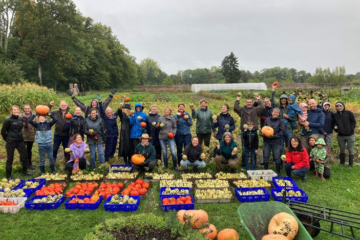France
Introduction
Linked for twenty years, Jesi and Mayenne offer a solid rejuvenation of the twinning by this exhibition. The result of the work of cultural institutions in the city of Jesi (Italy) and Mayenne Communauté, but also thanks to the support of the Center d’art contemporain Le Kiosque, this project that comes to life highlights the convergences between these territories. Culture is a relay, a bridge, which beyond the artistic delight in front of a work, also allows us to connect women and men regardless of borders. This is one of the objectives of the Bumelles Culturelles, a Franco-Italian exhibition that brings together many others. Coming from an unprecedented collaboration between the Pinacoteca of Palazzo Pianetti of Jesi and the Museum of the Castle of Mayenne, this exhibition offers a journey through styles and aesthetics while relying on research in the collections of our museums, the history and heritage of our cities and territories, but also artistic hearts.
Seventeen artists responded enthusiastically to the challenge posed by the curators to bring Jesi and Mayenne together through their contemporary creations, or vice versa. It is up to you, to us, to make this spirit of the meeting flourish so why not imagine other future projects between our territories!
Presentation of the project
The project “Cultural Twins – Mayenne Jesi An Artistic Journey” involves three cultural institutions: the Castle and the Center d’art contemporain Le Kiosque de Mayenne, as well as the Civic Museums of Jesi, to launch a co-design process involving no less than 17 Italian and French artists, ready to tell a story of exchange, research and reflection on two cities that meet and discover each other. Based on the heritage preserved in their respective museums and a study of all the elements that make up the identity of the two cities, the artists were invited to reflect on certain themes that connect Jesi and Mayenne. The variety of materials, at the basis of the production of the historical and artistic heritage of the two cities, is a fertile ground for creation. Iron for armor, ceramics for apothecary vases, painted panels and animal bones are just some of the many material stimuli we find in the exhibition with a contemporary reinterpretation. The rich collection of medieval table games in the Château de Mayenne is compared to similar archeological discoveries from the Roman era in Jesi. The heraldry and coat of arms of Jesi’s noble families intertwine with the austere late Carolingian and Gothic symbolism of which interesting examples can be found throughout the Mayenne department. The captivating suggestions of botany in the garden of the medieval castle of Mayenne are reflected in the collection of apothecary pots of the Civic Museums of Jesi. But what seems to seal a magnificent “elective affinity” between the two cities is the ancient art of printing, to which Jesi devotes a museum and which is today found in the very lively printing house of the city of Mayenne. Presented in Mayenne from June 10 to November 6, 2022 and in Jesi from December 2, 2022 to March 19, 2023, the exhibition is the first transnational cooperation of these 2 structures and connects the inhabitants and artists of these 2 twin cities. 5 joint artist residencies were held, both to create works but also to involve the public in the creation through numerous mediation actions in the 2 cities. This exhibition presents only creations of works. The Leader program has accompanied this project to facilitate contacts with other local players who can make our actions resonate, and has provided the financial assistance necessary to carry out the exhibition and the related actions.
The emblematic character of the project
The innovative character of the project is based on 3 axes: transnational, co-built and combining heritage and contemporary creation. This is the first time the museum has mounted a temporary exhibition with another country. And the innovation is also that the exhibition is presented in two consecutive venues, in Mayenne and then in Jesi. This is the first experience of its kind in the territory of Mayenne Communautaire. The triple curating office, the participation of 17 artists in the project create a necessary co-construction that translates as much in artistic choices as scenographic or mediation. It is an enrichment, a complementarity that is highlighted in this project and that is reflected in the exhibition. The other challenge addressed by this project is to bring heritage to life through contemporary creation. The aesthetics are numerous and varied: photography, sculpture, painting, drawing, playful installation, typography… and will allow the public to take another look at the museum’s heritage and collections. The attractiveness of the Haute Mayenne region and the development of an identity that enables it to stand out represent a major challenge in the LAG’s strategy. The territory must affirm its identity both to the transient traveler and to the permanent resident. With the Cultural Twins project, the Museum of Mayenne Castle invites both to discover the rich cultural heritage of the territory through the prism of European cooperation: the influence of this project highlights the strengths of the territory. The ‘Cultural twins’ project can inspire other LAGs to implement cooperation projects with European partners. This exhibition gave the opportunity to revive twinning actions between the two cities which were running out of steam. The project has given new meaning and “a willingness to cooperate.” An extension is under discussion with a municipality in Germany, Waiblingen.
Pictures





Mayenne Communauté
GAL Haute Mayenne
Pays de La Loire
